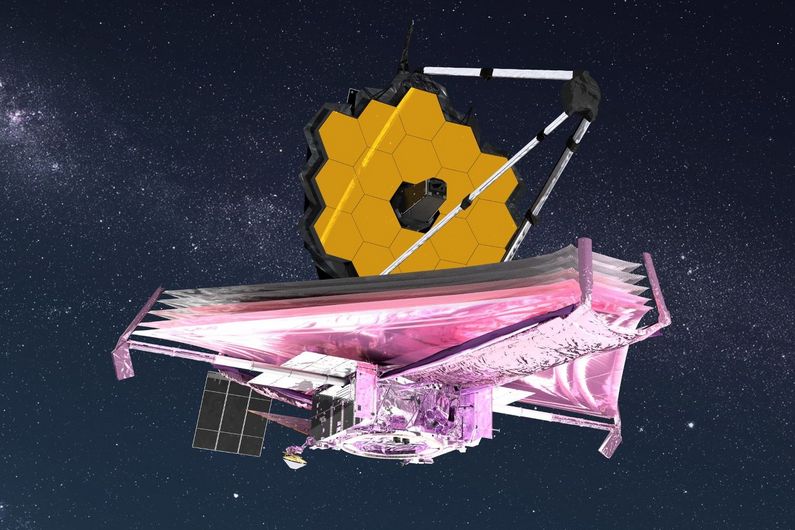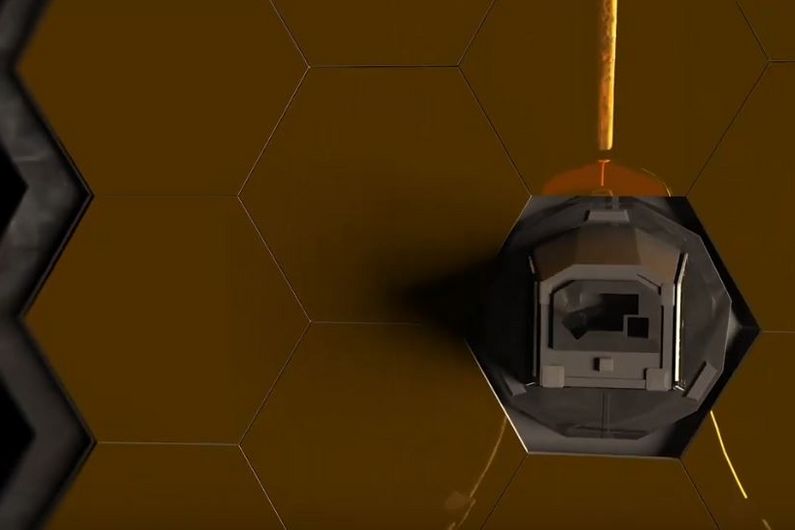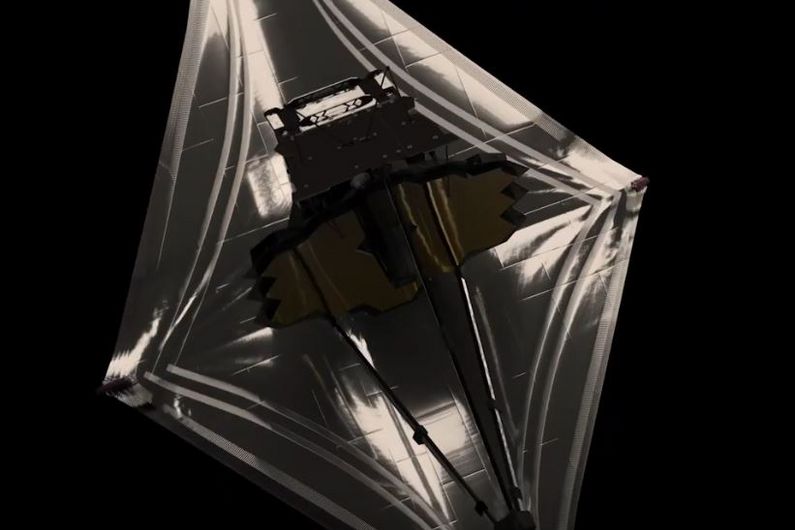Three videos ahead of the James Webb Space Telescope launch
- UdeMNouvelles
12/20/2021
When it rockets into space on or about Dec. 24, the ultra-high-tech observatory will carry two instruments designed at UdeM. Our experts explain how it’ll all work, in a series of online videos.
The James Webb Space Telescope – the world’s most sophisticated astronomical observatory – is slated to launch Dec. 24, and when it rockets into space it will be include two instruments designed by researchers at Université de Montreal’s Institute for Research on Exoplanets (iREx).
Now you can watch our experts explain how it’ll all work.
The astrophysicists feature in three online videos – two for adults, the other for children – that we’ve prepared to help people better understand the mission’s scientific importance and UdeM’s contribution to it.
Shot in Canada’s two official languages at Montreal’s Rio Tinto Alcan Planetarium, the first two videos are hosted in French by veteran broadcaster (and UdeM geography alumnus and astronomy buff) Paul Houde, and in English by Global News and TVA journalist (and UdeM communications graduate) Christine Beaudoin.
Guests include René Doyon, a professor in UdeM’s Department of Physics and Canada’s principal investigator on the James Webb mission; Nathalie Ouellette, an astrophysicist and Canadian communications coordinator for James Webb; and Olivier Hernandez, an astrophysicist and director of the Planetarium.
The third video – a special edition of the French-language children’s series La petite école de l'espace – was produced in collaboration with iREx astrophysicists Marie-Eve Naud and Frédérique Baron and will go online Dec. 22 on the UdeM Facebook page and on the iREx YouTube channel.
Check them out!













